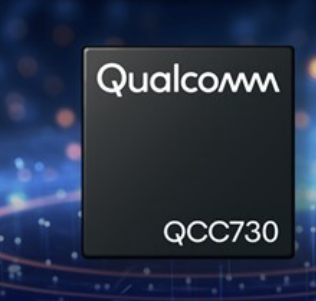
Above: Wi-Fi map of Berlin, Germany. Each coloured dot represents a Wi-Fi network. Source: Wigle.net
By Claus Hetting, Wi-Fi NOW CEO & Chairman
A staggering number of Wi-Fi radios, endless SSID lists, and network clutter everywhere: That is – for better or worse – the state of Wi-Fi services nearly all over the world. But more radios seldom result in better Wi-Fi. In fact, more often than not the signal quality degrades as more radios are added. So what is the solution to better Wi-Fi? PLC-based backbone technology may be at least part of the answer, says devolo.
More than half a billion Wi-Fi networks are active across the world today (source: Wigle.net) and the trend is still sharply upwards. Especially in high-density areas, dozens of SSIDs compete for airtime but instead of making more Internet access available to everyone, more radios and more SSIDs often mean a less useful signal and less Internet access. It is the Tragedy of the Commons.
“Wi-Fi routers have always been really easy to buy and install for consumers – and Wi-Fi is only getting more abundant as more equipment is made available and demand for Wi-Fi increases. But at the same time, quality is getting worse. For example: With 3-4 routers on the same channel operating on 3-4 separate SSIDs, the traffic overhead from SSIDs alone is already 40-50%,” says Sebastian Richter, Director of Product Management for Home Networking at devolo.
PLC delivers Wi-Fi where you need it (and not where you don’t)
A big part of the issue is that Wi-Fi coverage problems are often resolved with more radios and more power. Usually there is plenty of Wi-Fi in some parts of the home and not enough in other parts. Lots of home owners solve this problem by trying to blast Wi-Fi through concrete walls – which especially in Europe can be either very difficult or nearly impossible. This often leads to worse signal quality overall – for example for neighbours.
“One readily available solution that is easy to install is to use home power lines and PLC units to form the Wi-Fi network backbone. This means that you don’t have to try to blast Wi-Fi through walls. This type of networking means you get Wi-Fi where you need it right from your electrical socket – with no more radios and noise signals than necessary,” says Sebastian Richter.
G.hn kicks off a new era in PLC-backed Wi-Fi
And while earlier generations of power-line communications kits may have delivered less performance than what today’s consumers are looking for that is no longer the case, says Sebastian Richter. “The new G.hn standard for PLC delivers 80 Mbps of useful bandwidth in 85% of home networking cases – and that’s plenty even for demanding applications around the home,” he says.
Equipment supporting the new G.hn standard was released by devolo in August of last year. Not just consumers but also service providers have begun using PLC-based Wi-Fi units to guarantee home Wi-Fi coverage in a simple and efficient manner. “This type of solution serves up Internet access from every power socket and at the same time uses walls to keep signals away from where they’re not supposed to be. It’s a contribution to better Wi-Fi everywhere,” says Sebastian Richter.
To learn more about PLC-based Wi-Fi read here. The blog post is sponsored by:

/Claus.









